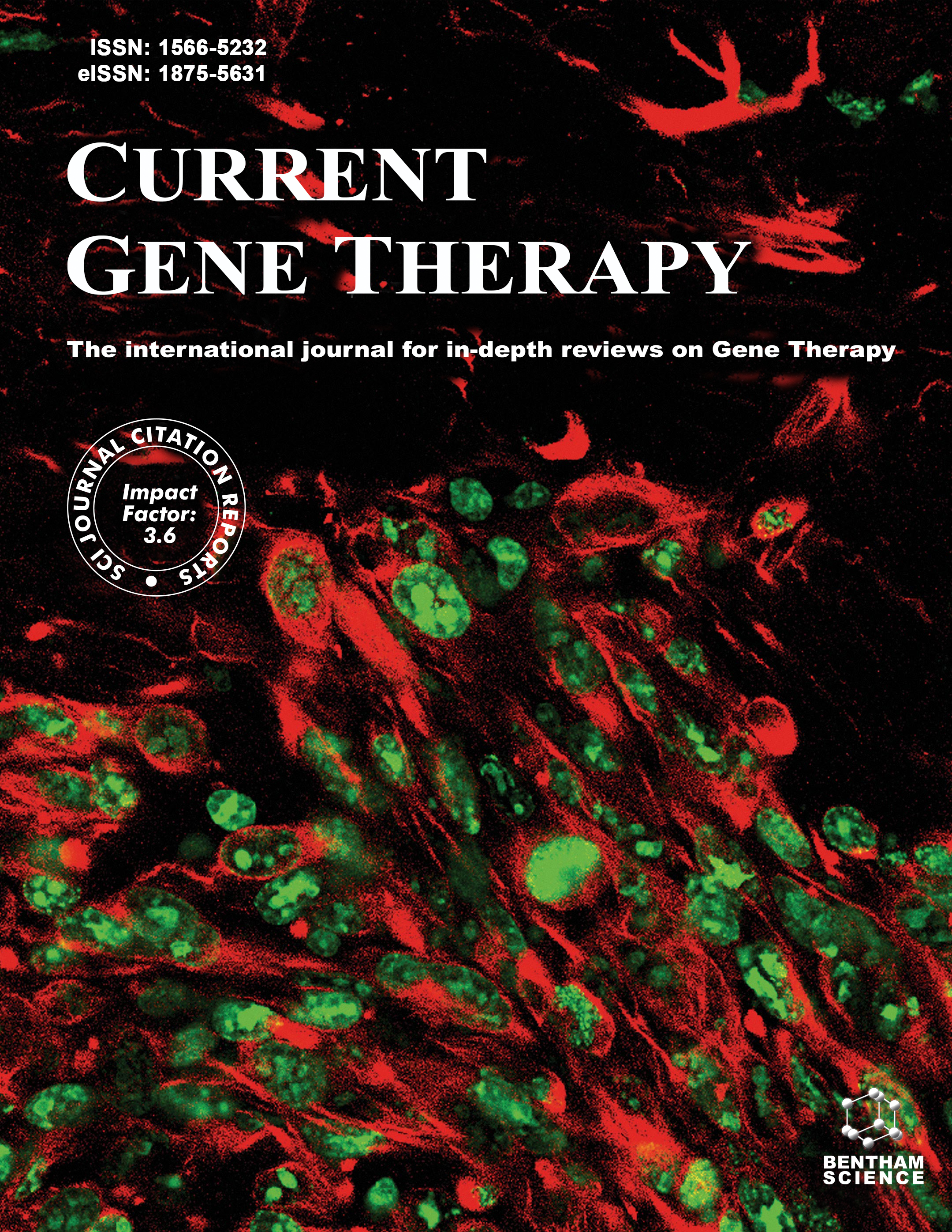
Full text loading...
“Huntington's disease” (HD) is an autosomal dominant hereditary neurodegenerative disease characterized by defects in efferent striatal neurons, cortical neurons, and the basal ganglia. The pathogenesis of HD is still unclear, and there is currently no curative therapy for this disorder. This review emphasizes the potential beneficial effects of various neurotrophic factors in HD. PubMed, Web of Science, Embase, and google scholar databases were used to search for all studies on the efficacy of neurotrophic factors in HD. Several gene therapy strategies have been employed to treat HD, including gene therapy with a variety of neuroprotective factors. Moreover, a wide variability of gene therapy approaches such as a neurotrophin, has shown promising results for both prevention and neuroprotection in HD, which may be due to their potential to prevent neuronal cell death or decrease neurodegeneration, thereby promoting the growth of innovative axons, dendrites, and synapses leading to improvement of HD. Neurotrophic factors may be suitable as neuroprotective therapy agents in HD. Therefore, substantial research on gene therapy should be conducted to provide better treatment options for HD in the future.

Article metrics loading...

Full text loading...
References


Data & Media loading...

